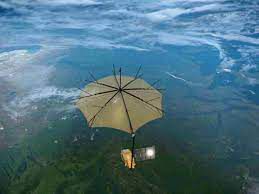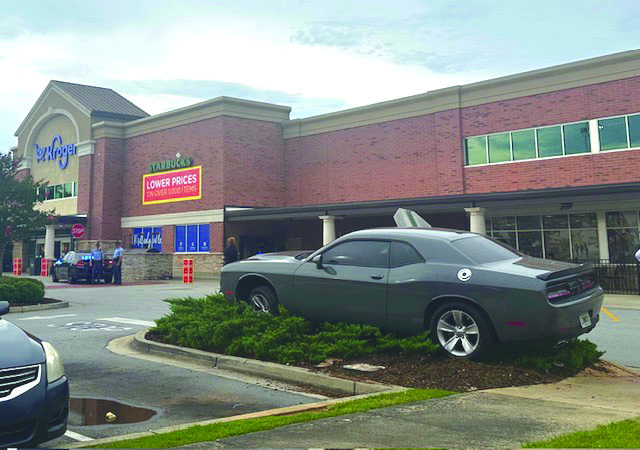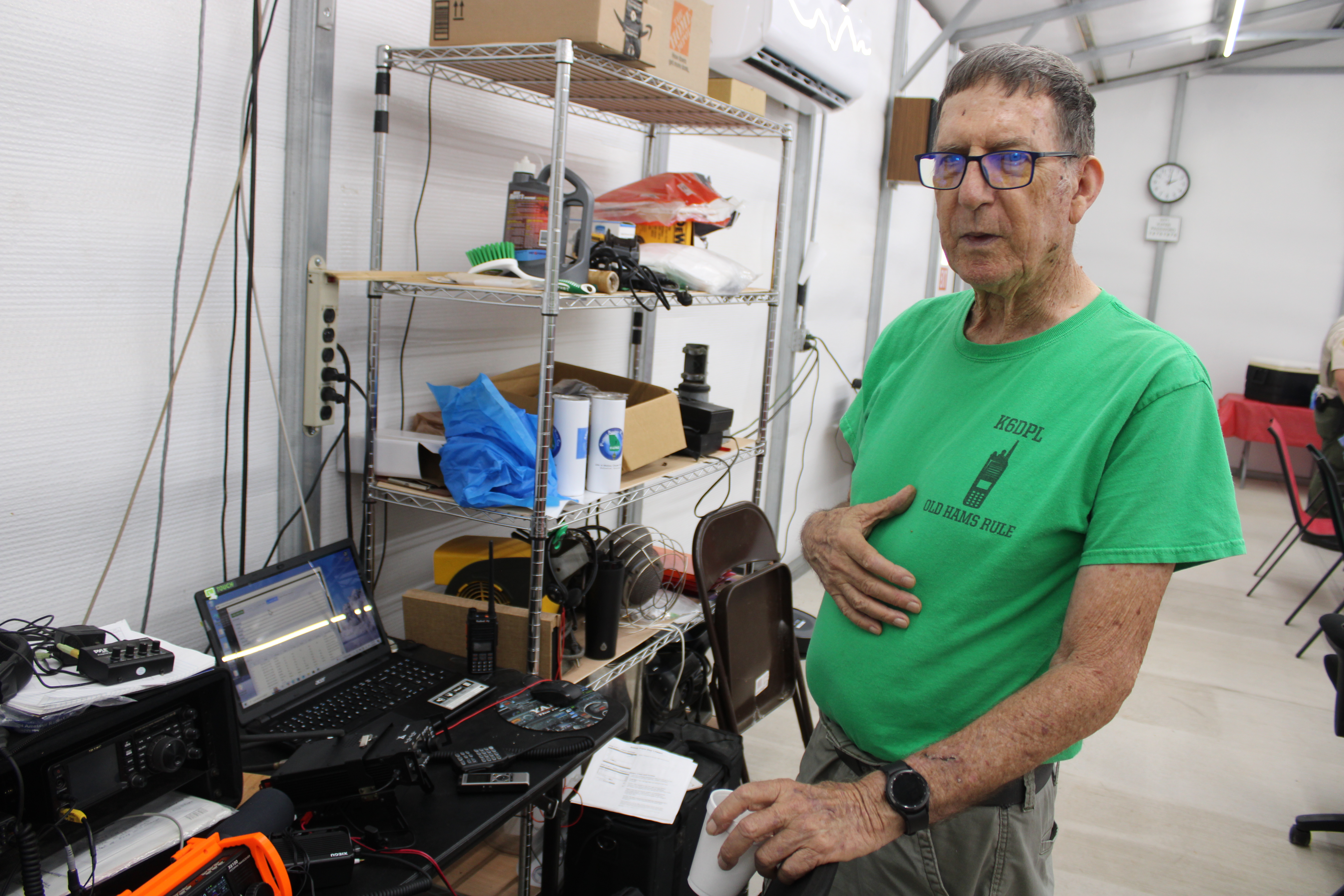OUR SPACE: Biomass – on Earth and up there
Published 8:53 am Friday, May 9, 2025

- Artist's impression of the Biomass spacecraft in orbit. (ESA)
A week ago a brand-new satellite was launched from the European Space Agency (ESA) spaceport at Kourou in French Guiana, South America. It was a textbook launch in the wee hours of the morning, and it must have been an absolutely spectacular sight, based on how impressive it was just on video!
ESA has a very powerful and capable rocket in the new four-stage Vega-C. A few years ago this type of rocket had an unfortunate failure and a technology demo satellite was destroyed in the process. But since then improvements and tests have eliminated the problems and the launch went off without a hitch.
On board was the eagerly anticipated Biomass spacecraft, delivered into a sun-synchronous orbit some 400 miles above the Earth’s surface. In a sun-synchronous orbit a spacecraft orbits the sun, just like the Earth does, just a little bit closer. It’s a great place for a spacecraft to hang out if you want to take inventory of a particular feature and track changes over time, as you will be able to observe the entire surface of the planet every single day. With the sun at its back its science instruments can work 24/7/365 — there is always plenty of solar energy to keep the power-generating panels buzzing, and the Earth is always perfectly lit.
Trending
When we hear the word biomass we might think of the weight of a certain species all combined from all over the planet, such as all the ants. But this spacecraft is primarily focused on the Earth’s forests.
We have known for a long time that our global forests are in trouble. Air pollution, rising temperatures, insect devastation in monocultures and most of all flat-out destruction by human hands have shrunk forests everywhere. It may seem insignificant on such a large scale, but every acre of trees in Baldwin County that is cleared for yet another housing development contributes to the problem.
Our forests are not only air purifiers and generators of oxygen, they are also massive natural factories for sequestering carbon: plants strip the carbon from carbon dioxide (what all breathing creatures exhale) and use it to make more of themselves — grow taller and bigger. Carbon dioxide is a greenhouse gas and you do not want to breathe a lot of it in — you’ll suffocate. All green plants use this process called photosynthesis, as you know. Trees are really good at it!
Biomass will measure the total biomass of forests on Earth and just how much carbon they soak up. Since it gets a full view of the Earth every single day it is uniquely able to detect changes even over short periods of time. Biomass uses a new kind of radar technology called P-band synthetic aperture radar. To catch the reflections of the radar waves it sends out, Biomass employs a very large umbrella-shaped antenna dish which is over 30 feet in diameter. Like the Webb space telescope’s giant sun shield this reflector traveled into space neatly folded up, and once it reached the correct orbit it unfurled itself and locked into the gently curved dish shape. It is truly amazing how engineers can figure out these giant origami-style assemblies that pop open into the most incredible configurations!
Biomass is slated to work for five years at least, and in that time it will collect huge amounts of data on Earth’s forests. But this information isn’t just important for forestry and air quality — it also serves as research material for estimating biodiversity in critical areas. The Amazon rain forest is particularly vulnerable. Due to its sheer size and sparse habitation people have been getting away with extremely destructive slash-and-burn activities — cutting and burning down the forest to make room for grazing cattle which tend to fetch a higher price for a short period of time. However, since much of this activity is illegal and hard to monitor, no efforts are being made to re-forest the areas, and the soil gets washed away with no root systems to hold it in place, leading to barren, inhospitable places.
There is little doubt that Biomass will deliver alarming news most of the time. It may not raise the alarm over another subdivision in Milledgeville alone – but as you know these things do add up. And herein lies the actual problem – another case of “Death by a thousand paper cuts.”
Trending
Check out the Biomass website at https://www.esa.int/Applications/Observing_the_Earth/FutureEO/Biomass which is part of the larger ESA Earth Observation Program. You can watch a video of the launch as well as animations and other relevant materials and learn more about the importance of monitoring the Earth’s forests.
—Beate Czogalla is the professor of Theater Design in the Department of Theatre and Dance at Georgia College & State University. She has had a lifelong interest in space exploration and has been a Solar System Ambassador for the Jet Propulsion Laboratory/ NASA for many years. She can be reached at our_space2@yahoo.com.





